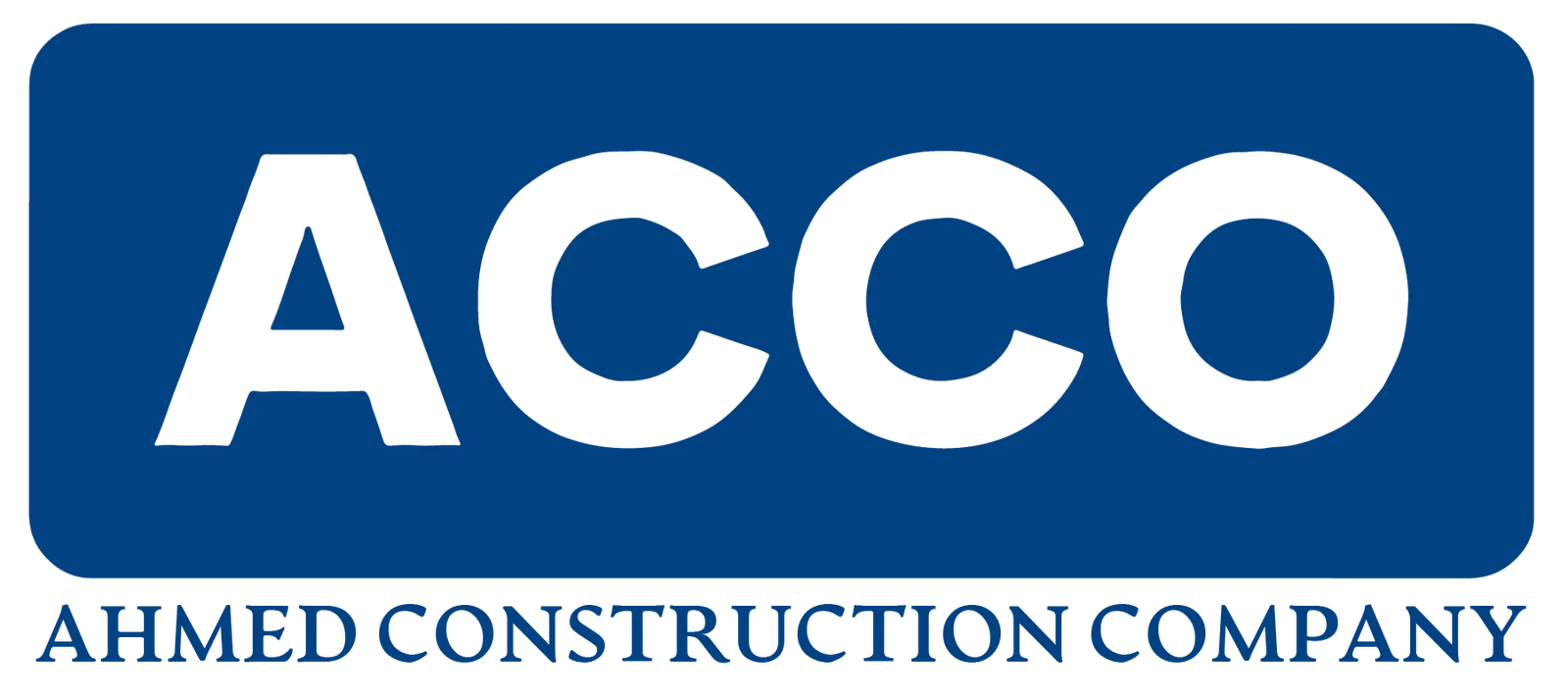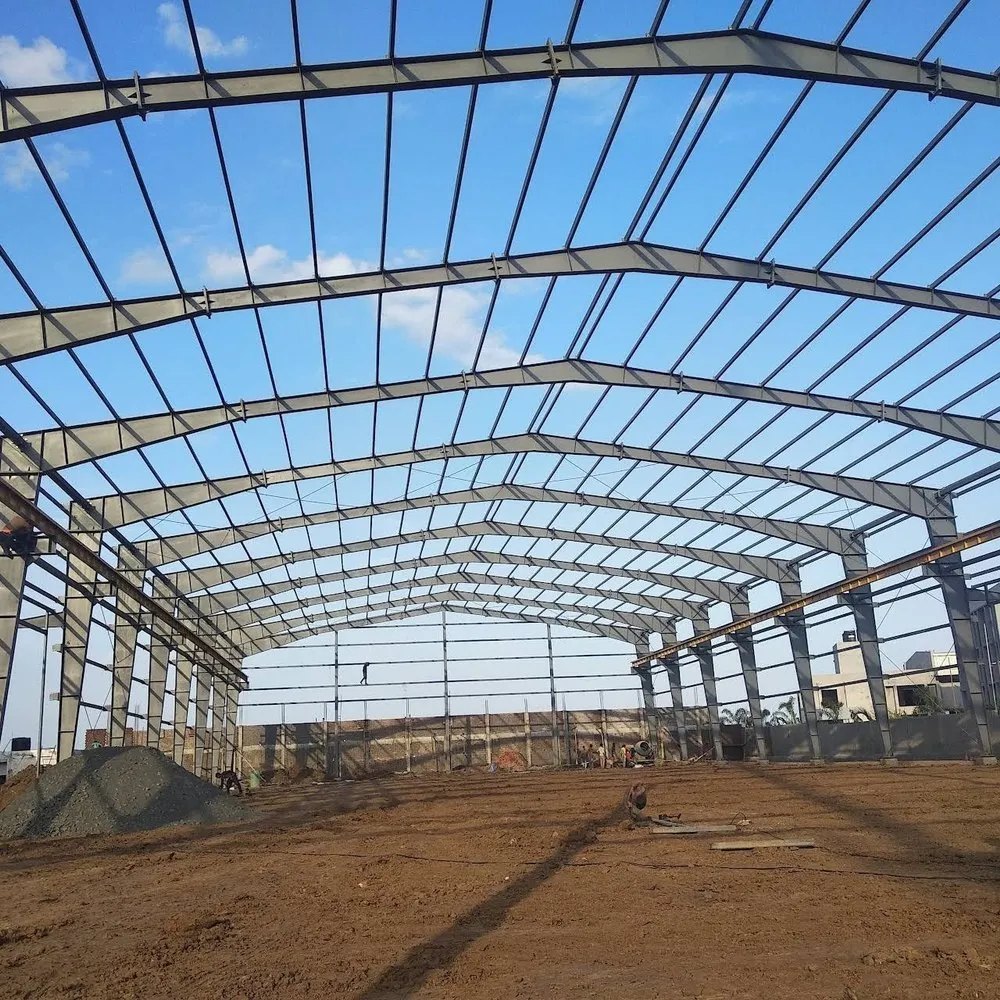
Startup Motif Launches Collaboration Platform for Design and Construction
Motif, Inc., a startup from former Autodesk executives Amar Hanspal and Brian Mathews, launched its first product March 26, a cloud-based platform for real-time design and construction collaboration. The cloud platform integrates 2D and 3D workflows and addresses what Mathews called design review inefficiencies in collaboration tools available on the market today. By using its APIs to move data from previously separate tools and processes, Motif aims to improve architecture, engineering and construction workflows.
Motif secured secured $46 million in seed and series A funding from CapitalIG, Alphabet’s independent growth and the series A was led by Redpoint Ventures.
The company has called the release
the first step toward making the true vision of Building Information Modeling (BIM) a reality, in a statement. While that implies a design authoring tool will eventually be created by Motif, the collaboration platform was what Mathews said was a more immediate need.

Motif allows users to sketch on and markup details such as steel connections for a ceiling-hung, fabricated art piece.
Screenshot courtesy of Motif
“A lot of the major apps that are out there were written on single-core machines,” said Mathews, who is Motif’s chief technology officer. “This was before the modern web and it was all file-based. You didn’t have the centralized ways of coordinating data. You didn’t have ways of collaborating with a team that you do now. You didn’t have mobile devices, you didn’t have touchscreens, you didn’t have a smart cell phone, if you go way back to when those applications were authored, so there’s a lot of opportunity there.”
Mathews said It’ll take many years to build a fully functional design tool from the ground up, that’s made for the modern world and collaboration would be a focus even as that engineering work is done.
A New Workspace
The Motif platform released in March has a unified collaboration space wherein architects, engineers, and other project stakeholders including owners and even subcontractors can work together in one workspace that integrates 2D drawings, 3D models, images, sketches, shop drawings and specifications. Data was shown moving from known file formats such as PDFs, Excel CSV files, Revit or Rhino 3D files into the canvas space in the demonstration shown to ENR. The concept of live-model streaming and direct connections to Revit and Rhino allows real-time updates of a projects without manual re-uploads, giving teams the latest designs. Users can also turn off the live-streaming project changes if they want to work on an idea that’s not yet ready for update into the overall project.
The platform is capable of allowed 2D and 3D sketching as is popular in Trimble’s SketchUp conceptual design tool and markups popularized by Nemetschek’s Bluebeam Revu. Both capabilities capture feedback directly on models and drawings with real-time commenting and sketching tools. Comments made in Motif appear in Revit, Rhino or other authoring tools used and are recorded back the other way, thanks to powerful application program interfaces, which could provide fast feedback cycles for project teams.
“During COVID, you had this explosion of usage of these infinite canvas apps like Miro and they became very popular in architectural offices, even though those tools, they’re white boards, they were not meant for architecture,” Mathews said of the infinite canvas workspace of Motif. “They couldn’t handle 3D. they don’t understand design concepts. You can’t measure on them, but they became very popular because they that collaboration need was huge. So people are using kind of the wrong tool for the right reason. And now that you know, we’re in a post-COVID era, people are continuing to use some of these workflows. Our value proposition is that you can do that collaboration in a way that is meant for this industry, for these customers, not just the designers, but the people the designers work with.”
Mathews said Motif can take architectural designs, aggregate them from multiple tools, take Revit data or Rhino data and not simply publishing it to another platform to publish and you view, but stream it with markups and sketching in the collaborative manner that initially made SketchUp so popular when it was owned by Google in the mid-2000s. Mathews pointed out that while the connection to Motif’s cloud platform brings in some 2D and 3D geometry from authoring tools and the streaming connection to those authoring tools is two-way when enabled by the user, it’s not bringing in full parametric information from a platform like Revit so its cloud collaboration is not bogged down by bringing in large sets of data.
“These are markup objects. These aren’t the CAD objects,” he says. “We’re not doing parametric design. We’re doing markup, there is a difference. We want to aggregate these things together.”
While Motif’s markups and Slack-like text conversations can be attached to objects taken from CAD and BIM platforms on its platform, they can also exist as free-floating conversations or sketches on its canvas with no streaming connection back to a design tool. They can also share files such as PDFs and Excel files within the conversations. In the demo ENR saw, a piece of ceiling art was discussed by a theoretical engineer and fabricator. The information from the markups was streamed back to Rhino, the design tool the fabricator uses.
“So two comments were made in Motif, and they show up in the appropriate app,” Mathews said. “It is associative with the object, and it knows which object came from which app. Motif can, because of the plugins, bring that comment back into context with that fabricator. That stream is coming from Rhino. You change it in Rhino, and it changes there [in Motif] so, yes, they’re associative.”
Some of the firms who have been involved with testing and shaping Motif’s platform over the last two years are Perkins&Will, DLR Group and KPF Associates.
“Motif is uniquely focused on designers, building a tool intimately shaped by the design process, itself,” said Perkins&Will’s Nick Cameron, the firm’s director of digital practice, in a statement. “Their innovative platform makes our work more accessible and collaborative, opening up design to more team members and clients than I’ve experienced with any other solution.”
Using plugins and APIs to aggregate disparate data from users such as fabricators, architects, engineers, construction professionals and even owners is built into Motif’s long-term strategy, Mathews said, and, even when the company creates a design tool, that will remain its value proposition, he says.
“We’re trying to build a design tool in the future that’s really a platform for design that is much more open, much more distributed, and doesn’t just have a centralized, fixed schema,” He said.
Post a Comment
You must be logged in to post a comment.





